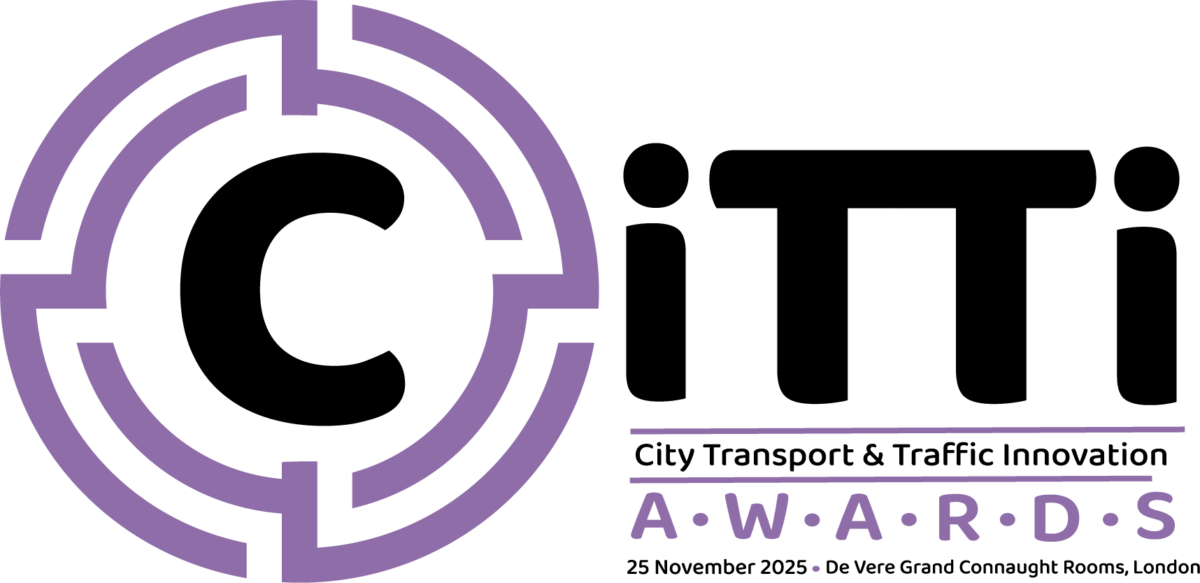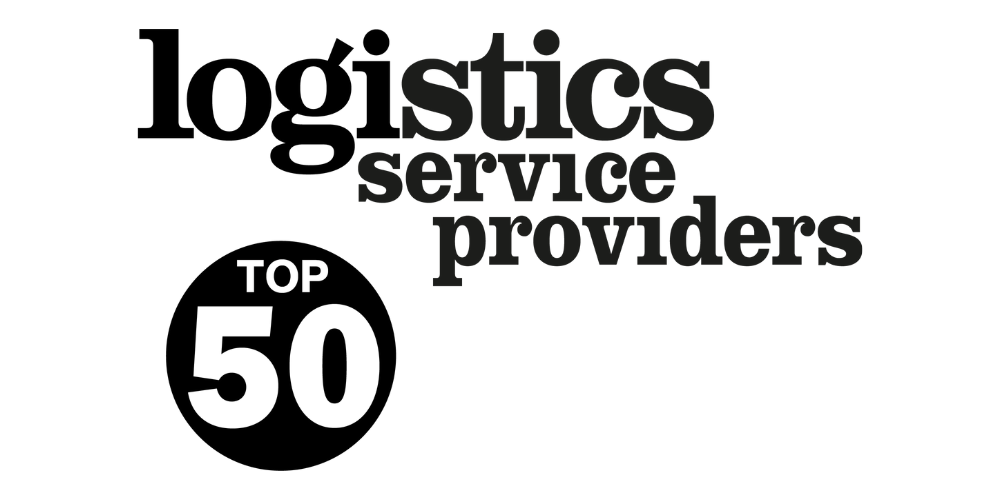The rate of change faced by organisations in both the retail and manufacturing sectors has never been greater, increasing the need for effective planning, but also making it more challenging. Malory Davies looks at what it takes to implement an effective sales and operations planning programme.

Companies in both retail and manufacturing are facing increasingly challenging markets. Retailers are having to respond to the growth of online shopping and the need to manage multiple sales channels.
Manufacturers are realigning their supply chains to reflect changes in global markets – particularly in the motor industry. For many years this has operated on a global scale, but there are moves by the OEMs to integrate their supply chains more tightly, which are having knock-on effects on their suppliers.
Les Brookes, chief executive officer of Oliver Wight EAME, says: “Increasing demand for better, faster, cheaper is with us to stay it seems. And customer loyalty is scant. Anticipating what consumers want is key – ideally before they do. Smart organisations are segmenting their customers, markets and channels, and aligning supply chains accordingly.
“Some (but not yet enough) are introducing demand analysts into the sales and marketing teams and building demand plans out over 36 months or more. Modelling scenarios and optimising around the most likely outcome means you should be prepared for all eventualities with the ability to move quickly as forward gaps in performance become visible,” says Brookes.
Planning appears straightforward – just work out what you expect to sell and allocate resources appropriately. From there the level complexity rises – apparently exponentially.
The challenges are substantial: getting accurate figures to work with; getting the right level of collaboration to develop an effective plan; and instilling the confidence across the organisation to carry it through.
“The biggest challenge is to establish the level of commitment required across the entire organisation to ensure the process can succeed,” says Brookes. “This begins at the top. The leadership team not only have to take ownership of the process and lead it, they also have to understand – and ensure the rest of the organisation understands – that the process has to be embedded, so it becomes the new way the organisation does business, not just a sideshow.”
And he argues that fundamental to this is setting up an effective education programme that reaches everybody in the organisation.
“The challenge is to make absolutely sure they know exactly why the company is developing an S&OP process, what the benefits will be and what they will be expected to both contribute to and gain from it. And education is forever: new starters will have to be similarly educated to ensure improvements are sustainable. Arguably the most important question for the senior executive to ask itself, is ‘why are we doing this?’ The answer should be: ‘to transform the business so excellent performance becomes standard’. Anything less should be cause for question,” says Brookes.
Then there is the question of getting different departments to buy into the process – sales and marketing for example.
Robert F Byrne, CEO of Terra Technology, says: “When it comes to S&OP, incentive conflict is the elephant in the room, making it difficult to get buy-in from different parts of the business. Bias for consumer goods companies is consistently positive, reflecting chronic over-optimism in the consensus forecast process.
“This is especially pronounced for new product introductions, where bias is almost four times higher than bias for existing products. Far too often, final numbers are defined by sales and marketing despite indications that forecasts should be lower. Companies then get caught spending half the S&OP meeting on short-term execution, explaining why forecasts were off last month and defending current projections. This is a poor use of time and resources. The transition from supply-driven to demand-driven creates the opportunity to change the dynamics of the consensus forecasting process.
“Demand sensing technology allows the short-
term process to become touchless for most item-
locations. This frees staff to work on items that need attention and to focus on longer-term strategic decisions important for growth and profitability. It also provides a source of facts on the actual performance of items to cut through inherent biases and help enable buy-in to the consensus process.”
Brookes points out that people will simply not buy in “unless they can see how it will help them achieve their personal goals as well as the benefits for the business overall. ‘What’s in it for me’ is a question the senior team will have to answer right across the business as part of the education process.
“Getting sales and marketing on board is key and possibly the most difficult challenge. Actually it can be two challenges because sales and marketing don’t necessarily always see eye-to-eye in any case but the most common issue is that S&OP is often regarded as a supply chain process – usually because it has been designed as such,” says Brookes.
“Giving ownership of the demand plan to the sales and marketing teams and designing the S&OP process around the demand plan is the solution. It’s common sense too because sales and marketing are the ones closest to the customer. This will certainly require some behaviour change by both teams but if they get the right support, they will buy in,” says Brookes.
The quality of data that exists in many organisations falls well short of what is required – not only might it be incomplete, it might also be inaccurate as well.
However, Brookes argues that this should not be a barrier to getting the process off the ground. There will be a need to drive focused improvement, however this only becomes visible when people start to operate and measure the S&OP process.
“Roughly right rather than precisely wrong, is a key concept,” he says. “The thing is to make a start. As the process drives business maturity, the organisation will identify where the soft areas are and make sure they are fixed – and fast – because by then everybody is committed to the process and making it a success.”
An S&OP process has to take into account suppliers and customers along with other outside factors over which the organisation might have little or no control.
Brookes is emphatic on this point: “Whatever you need to control, you better get right as soon as possible. Too many companies underestimate how much they have control over and play the victim. Understanding the performance of suppliers and the behaviour of customers enables you to model outcomes more effectively. Strong relationships, if not partnerships, with key customers and suppliers at least, are a must.
Many organisations have relied on spreadsheets in their planning process – but IT suppliers have been developing systems to support the S&OP process.
Brookes points out that: “You have to be very careful about hard-wiring a process before you have run it for six to nine months first. So actually spreadsheets aren’t necessarily a bad place to start. There have been a number of good ‘S&OP systems’ introduced: JDA, SAP and Oracle all now have offerings. However real understanding on both sides is needed before a supplier can specify how a system can help.”
Terra’s Robert Byrne argues that supply chains are already far too complex for spreadsheets and complexity will increase. “Traditional processes and planning systems are overwhelmed by the explosion of data and are unable to leverage it. Planning innovation stalled in the 1980s and today most systems still rely on decades-old technology designed for a much slower-paced, less complicated and inward-facing world. This made sense in the 1980s because of restrictions in computing power and the lack of external data but times have changed. We now live in a fast-moving, volatile world with complex global supply chains and a lot of useful data. New systems like demand sensing that use advanced pattern recognition algorithms and automation are able to sort through masses of real-time data, understand what is predictive and create the best picture of demand for every item at every location.”
“In terms of S&OP, demand sensing enables companies to make data-driven instead of politically-driven decisions within the consensus forecast process. Access to accurate, current and consistent data on the actual performance of items provides the visibility required for informed discussions and better business outcomes. Some companies have taken this a step further by including financial performance metrics by SKU to identify and take specific action on products that are destroying value,” says Byrne.




